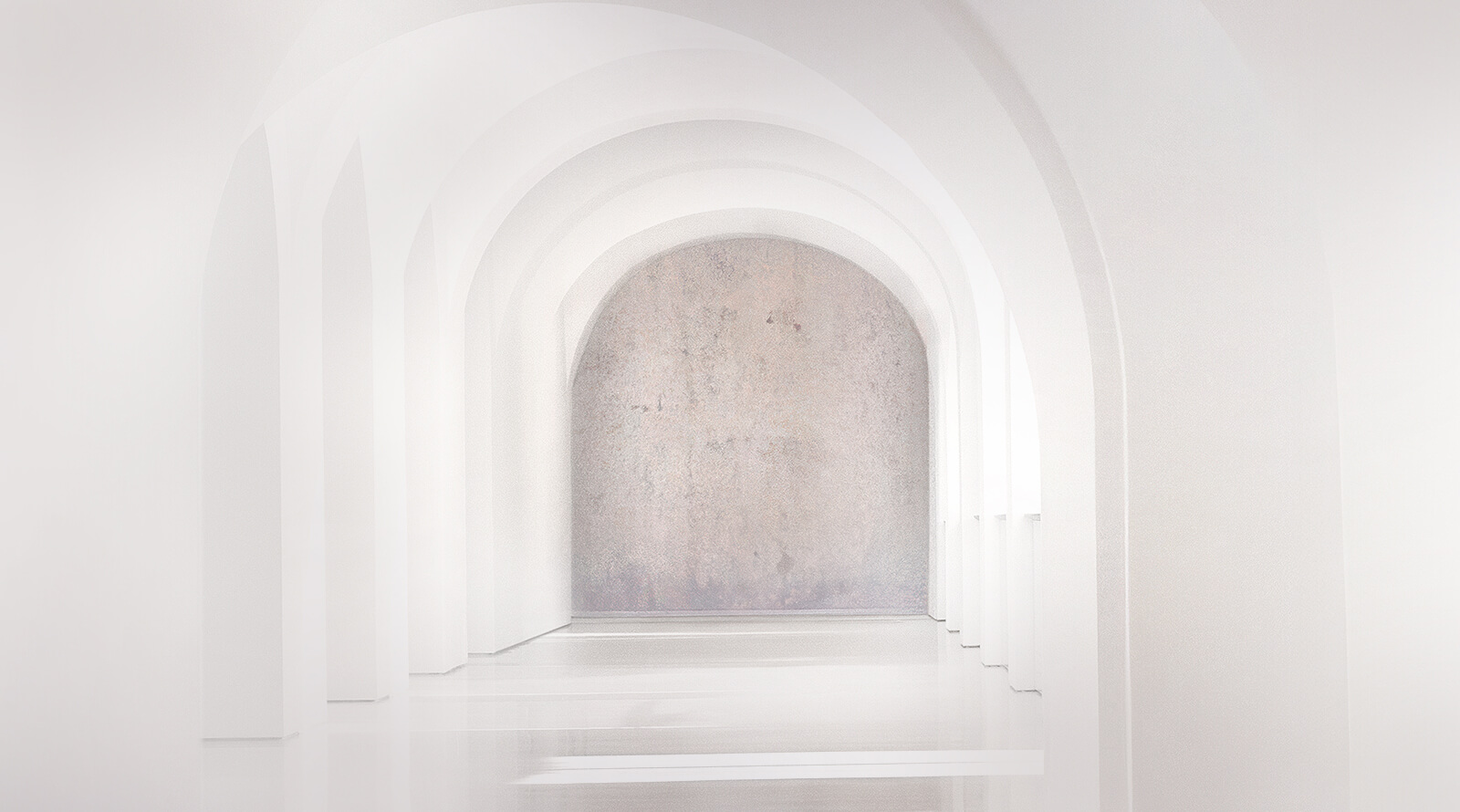
Roller andLehocká
for the national gallery
For the fourth consecutive year, Tatra banka is contributing to the Slovak National Gallery by donating artworks from contemporary Slovak artists, further enriching its permanent collections.
24. 11. 2023 – 14. 01. 2024